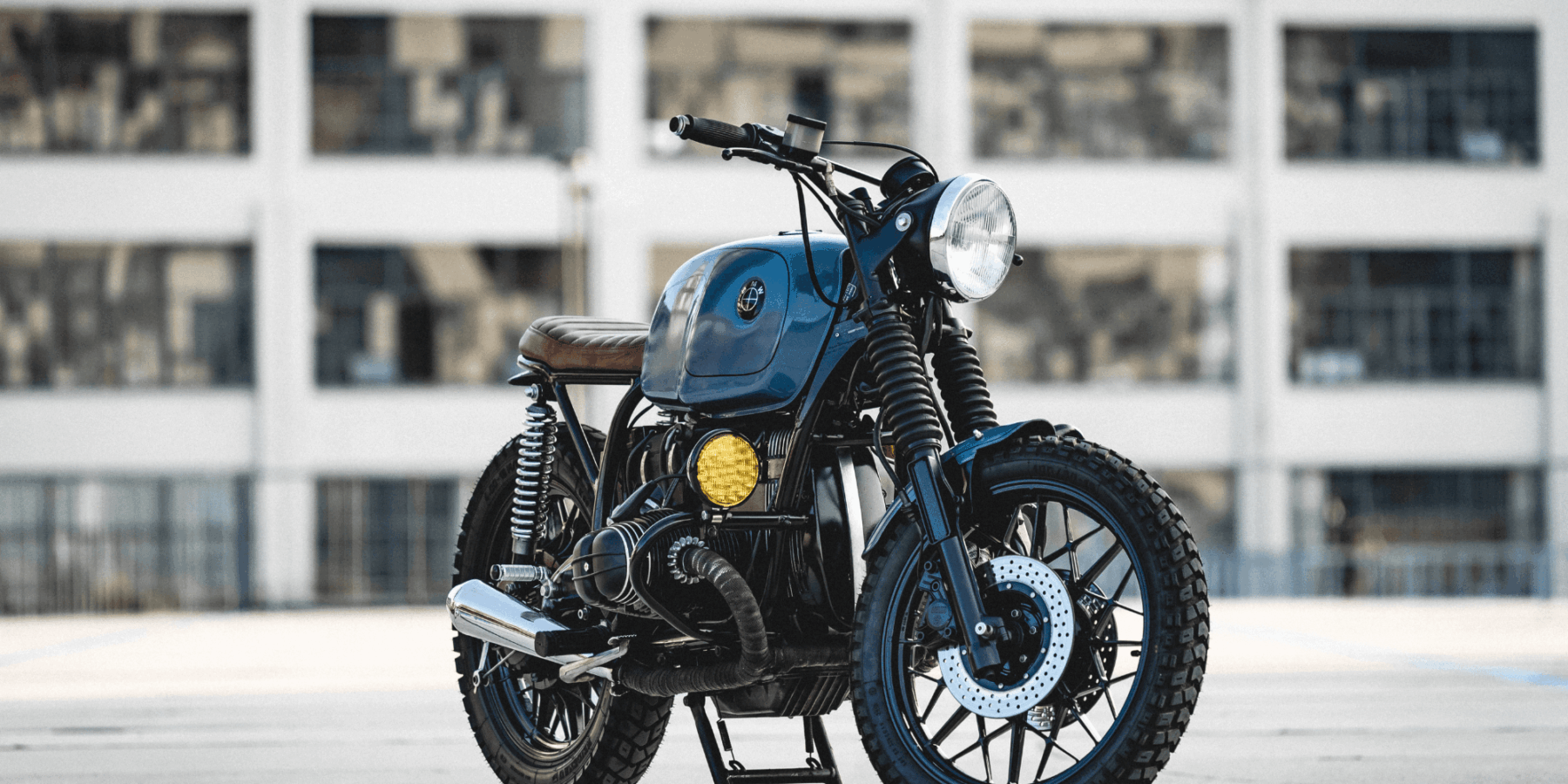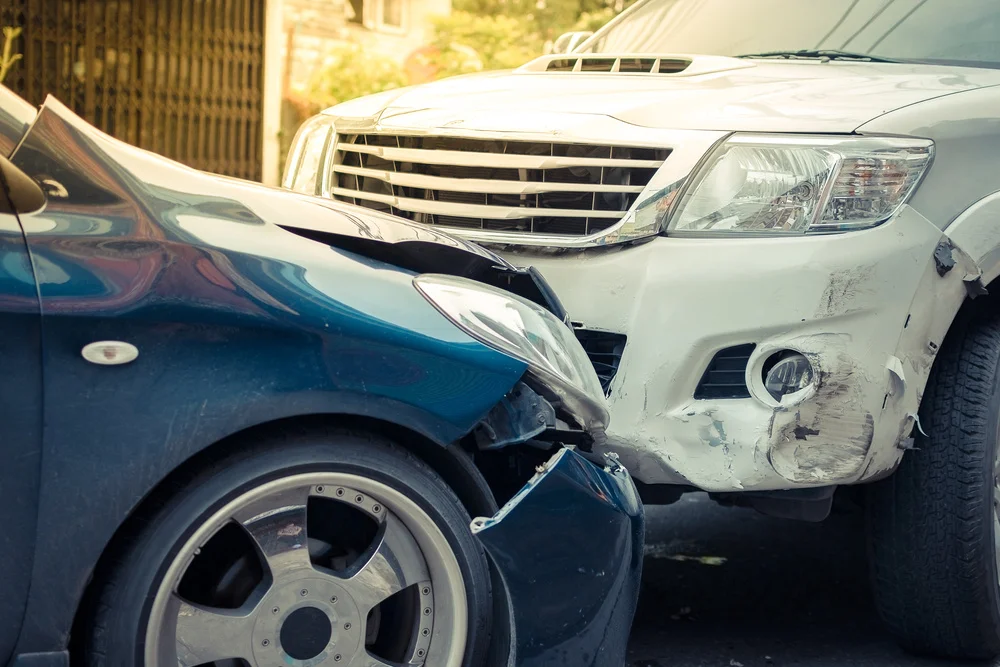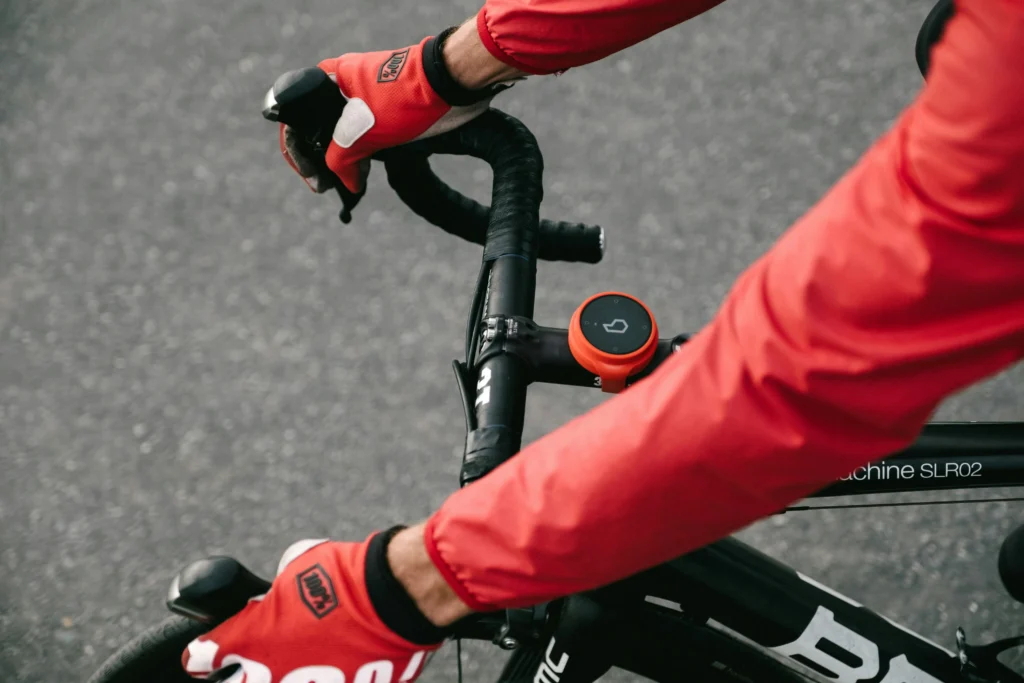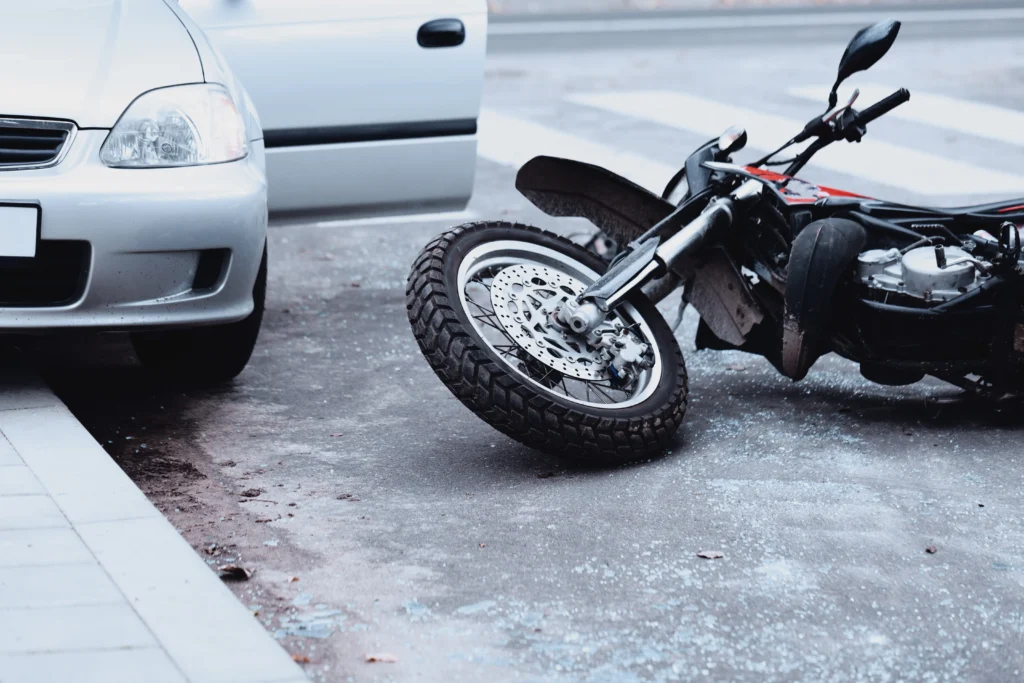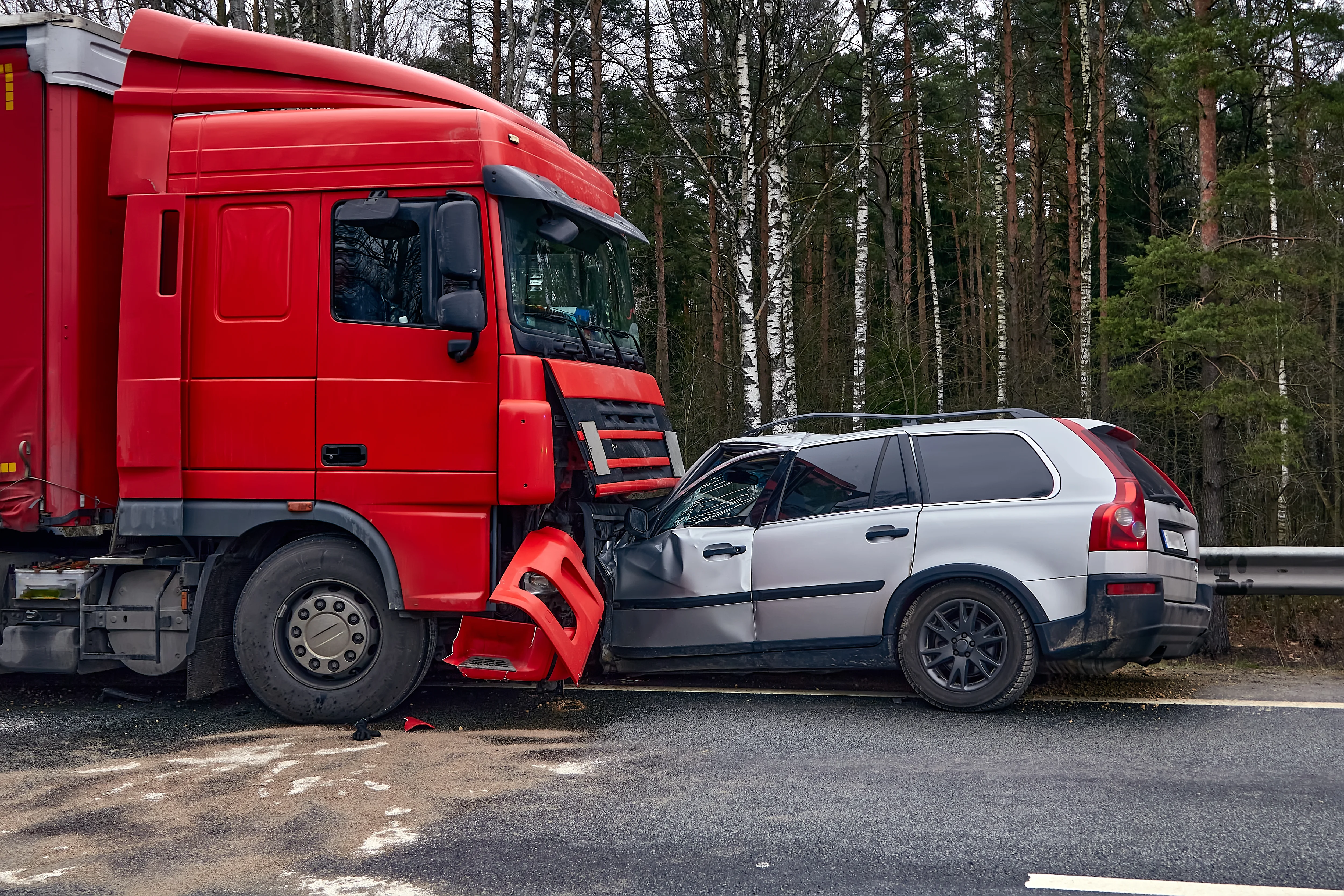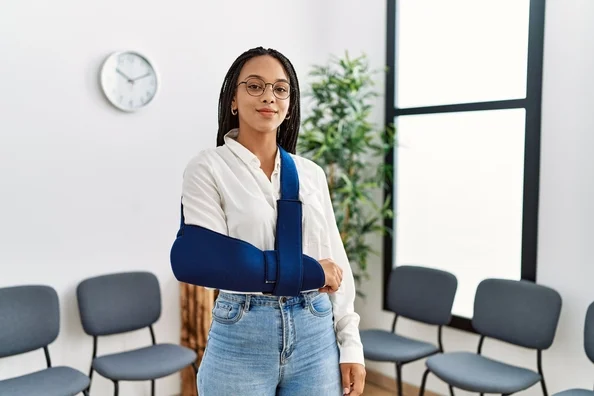Washington Splitting Lanes Motorcycle Accidents Demand Fast Action
Washington motorcycle accidents caused by lane splitting evoke rapid responses from insurance providers, but not always on your behalf. With no lane-sharing laws in place, injured motorcyclists are often blamed even when the car driver was careless. If you were sideswiped or cut off while riding between vehicles on I-5, Aurora Avenue, or SR-520, you need legal representation that understands the road, the law, and the tactics used against motorcyclists.
We move quickly at Bernard Law Group to get the traffic cam video, witness statements, and medical records before things are altered. Insurance carriers act fast to deny fault in Washington lane splitting crashes, so do we.
Don’t have your medical bills piling up. Call Bernard Law Group today at 206-752-2233 to discuss your case absolutely free.
For further information about the shifting debate for lane sharing and traffic law reform, consult the National Highway Traffic Safety Administration (NHTSA).
Understanding Lane Splitting Laws in Washington Motorcycle Accidents
Motorcyclists often navigate between vehicles to stay safe in stop-and-go traffic. In Washington, this maneuver, commonly known as lane splitting, sits in a legal gray zone. The state has not officially legalized or prohibited it, which means fault after a crash often hinges on interpretation. At Bernard Law Group, we fight back when insurers try to use that gray area against you. We build claims that shift the focus from assumptions to evidence.
Every Washington motorcycle accident involving lane sharing needs a tailored approach. We use surveillance footage, rider speed analysis, and road design factors to show what really caused the impact. Whether your crash happened on I-405 through Bellevue or a bottleneck on I-5 near Seattle, the law does not give drivers a free pass to ignore motorcyclists. If a driver sideswiped you while you split lanes, we work to hold them fully accountable.
To stay informed on the evolving safety research surrounding motorcycle law, view National Association of State Motorcycle Safety Administrators (SMSA)‘s published findings on traffic behavior and injury reduction.
Legal Ambiguity Around Lane Sharing in Washington
Washington state law remains silent on whether lane splitting is allowed or banned. Riders often assume they cannot recover damages after a crash while splitting lanes, but that is not true. Even without a direct statute, motorcyclists still have the right to seek compensation for injuries caused by negligent drivers.
We do not let a lack of legislation determine the value of your case. Our firm has handled Washington motorcycle injury claims involving side-swipes, sudden lane changes, and failure-to-yield crashes where the rider was positioned between lanes. With strategic evidence collection and direct legal pressure, we show how inattentive drivers, not lane-sharing riders, caused the collision.
Learn more about efforts to evaluate motorcycle crash data in Washington through National Safety Council’s roadway safety research.
The Role of Comparative Negligence in Motorcycle Claims
Washington follows a pure comparative negligence system. That means even if you were partially responsible, you can still recover compensation. The amount you receive gets reduced by your percentage of fault, but it does not erase your right to a claim. We work to minimize any assigned blame and strengthen your position using traffic data and physical evidence.
After a motorcycle crash involving lane sharing, adjusters often argue that you acted recklessly. We respond with factual analysis that proves the vehicle driver failed to check blind spots or signaled too late. Our team uses witness statements and video footage to show your actions were cautious, not careless.
For a breakdown of how comparative fault can affect settlements, visit Cornell Law School’s Legal Information Institute.
What Courts Consider When Fault Is Unclear
When a Washington motorcycle accident goes to court, the judge or jury examines behavior, not just legality. Courts look at the positioning of both vehicles, the timing of lane changes, the use of turn signals, and road conditions. The fact that lane splitting is not explicitly legal does not make the rider the cause of the crash.
We build strong legal arguments around visibility, traffic flow, and driver inattention. Our crash reconstructions and expert reports help courts understand why the motorcyclist took the route they did. Whether the impact happened during peak congestion on SR-167 or on local arterials near Tacoma, we tailor the evidence to the scene and the law.
Lane Splitting Laws in Neighboring States Help Shape the Narrative
While Washington has no clear rule on lane sharing, nearby states like California and Utah have taken steps to regulate the practice. These state laws are often referenced in policy discussions and insurance disputes, especially when cases involve out-of-state drivers or commercial vehicles.
California allows lane splitting under specific safety guidelines, which has led to a reduction in rear-end crashes involving motorcycles. We use these precedents to argue that the practice improves rider safety and that fault lies with drivers who fail to operate their vehicles responsibly. Courts and adjusters often review these comparisons during settlement talks.
For detailed reference, view California’s published Lane Splitting Safety Guidelines.
Using National Trends to Support Washington Claims
Motorcycle accident trends nationwide show a steady push toward recognizing lane splitting as a defensive riding strategy. As more states consider legislation, the argument that lane sharing is reckless becomes harder to support. Our legal team uses this shift to demonstrate that you acted within a growing national standard of safety-conscious riding.
We reference legislative reports, safety outcomes, and public traffic policy to show that your riding behavior aligned with current best practices. This strategy often helps us neutralize bias from adjusters and makes your case stronger in front of a jury.
See additional research from the Governors Highway Safety Association (GHSA) on emerging motorcycle safety policy.
How Washington Courts Handle Lane Splitting Case Evidence in Motorcycle Accidents
When motorcycle riders in Washington suffer injuries while splitting lanes, the court looks beyond assumptions. Judges and juries examine how the crash happened, who had the opportunity to avoid it, and whether either party violated traffic expectations. Since lane sharing laws in Washington remain unsettled, courts rely heavily on factual evidence. At Bernard Law Group, we gather that evidence early and present it clearly.
We do not let insurance companies rewrite what happened at the scene. Our legal team builds a full timeline using witness statements, roadway diagrams, and onboard data. If your motorcycle accident occurred while lane splitting, you need legal representation that controls the narrative, not one that reacts to it.
Learn how physical evidence impacts liability findings in court by reviewing the American Bar Association’s guidelines on admissibility and accident reconstruction.
Courts Prioritize Evidence Over Assumptions About Lane Splitting
Washington courts do not default to blaming the motorcyclist just because they were splitting lanes. In fact, courts expect both parties to maintain awareness, yield appropriately, and obey the rules of the road. Evidence becomes the deciding factor when the law itself leaves gaps.
We work with crash investigators to secure tire scuff patterns, paint transfers, and dashcam recordings. These facts show where each vehicle was, how the driver reacted, and whether the collision was avoidable. Whether the crash happened on a congested stretch of I-90 or a two-lane road near Spokane, that physical evidence carries weight in court.
The Importance of Surveillance and Camera Footage in Lane Sharing Claims
Traffic cameras, parking lot surveillance, and dash-mounted systems often provide clear visual proof of what happened. In lane splitting injury claims, video helps show speed, spacing, signal use, and reaction time. When we secure footage early, we can control the case direction before the insurance company does.
We routinely send rapid preservation letters to businesses and municipalities to prevent loss of critical video evidence. In past cases, footage from nearby storefronts has confirmed that the driver veered without warning or drifted while distracted. That confirmation can flip a denied claim into a full-value payout.
You can see how digital media influences liability in motorcycle accidents by exploring the National Institute of Justice’s tech integration in traffic crash reconstruction.
How Witness Testimony Supports Washington Lane Splitting Injury Claims
Neutral witness statements often clarify behavior the video does not show. When someone nearby saw the crash unfold, their account can confirm that the rider remained in control, the driver failed to signal, or another vehicle forced an unsafe merge. This type of human evidence strengthens your case from a real-world perspective.
We locate and interview bystanders who saw the crash or the moments leading up to it. Many witnesses are delivery drivers, pedestrians, or passengers with clear views of the lane change or blind spot violation. Their testimony holds weight when the other side tries to spin the story in their favor.
Explore how courts assess third-party testimony by reading through the Federal Rules of Evidence analysis from LII at Cornell Law.
Vehicle Damage Tells the Story in Lane Sharing Motorcycle Accidents
In many lane splitting cases, the location and type of vehicle damage help explain how the crash happened. If your handlebars clipped the driver’s rear quarter panel, it often shows you were nearly past the vehicle when they suddenly merged. This damage pattern contradicts claims that the motorcyclist was weaving unpredictably.
We inspect every motorcycle crash vehicle and work with certified technicians to map impact zones. The resulting photos and reports help courts understand movement, braking, and angle of entry. For lane sharing collisions on Seattle arterials or Vancouver on-ramps, this technical approach makes all the difference.
How Insurance Companies Undervalue Lane Splitting Motorcycle Accident Claims in Washington
Motorcyclists injured while lane splitting in Washington often face immediate skepticism from insurance carriers. Adjusters lean into the legal gray area and frame the rider’s actions as reckless, even when the driver clearly failed to yield or check blind spots. At Bernard Law Group, we know how to push back. Our legal team anticipates the tactics insurers use to devalue claims and stops them before they gain traction.
We do not wait for lowball offers or stall tactics. From the first call, we move quickly to secure traffic data, witness statements, and crash scene evidence. That aggressive approach forces the insurance company to take your lane sharing claim seriously. Whether you were struck while filtering on I-405 in Renton or squeezed between lanes near downtown Spokane, our goal is the same: full compensation backed by hard evidence.
See how consumer advocates track insurance claim practices through the Consumer Federation of America’s claims fairness initiative.
Why Insurance Adjusters Target Lane Splitting Claims in Washington
Most insurers in Washington see lane splitting as an easy excuse to deny or minimize a motorcycle injury claim. They argue that because the practice is not clearly legal, any resulting crash is the rider’s fault. This blanket approach ignores the facts of each case and shifts responsibility away from negligent drivers.
We challenge those assumptions at every stage. Our team demonstrates that even in traffic-heavy corridors like SR-167 or Aurora Avenue North, the rider’s behavior aligned with cautious riding. We use helmet cam footage, witness statements, and traffic pattern analysis to break through the bias and protect your right to recover damages.
Learn how insurance denial tactics are monitored through the National Association of Insurance Commissioners.
Delaying Claims to Pressure Injured Motorcyclists Into Settling
Insurance companies use delay as a weapon. They ask for repeated documents, claim they need more time to investigate, or say they are still reviewing footage. While you recover from surgery or therapy, they create gaps in communication to wear you down. For many riders injured while splitting lanes, this delay tactic feels like stonewalling.
We do not tolerate it. We track every response deadline, follow up in writing, and escalate when necessary. If they try to stall, we file pressure demands and prepare for trial. That consistent push forces movement, especially in lane sharing cases that require clarity in a state like Washington.
Explore how unfair delay impacts personal injury settlements through Public Justice’s litigation resources.
Offering Fast but Unfair Settlements After Lane Sharing Crashes
When a rider is injured, some insurers move in the opposite direction. They offer quick settlements that seem generous up front. But those numbers rarely account for future medical care, lost earning capacity, or the full value of the pain and trauma caused. Their hope is that you take the offer before realizing the true cost of your injury.
Our team carefully reviews every offer and calculates what your claim is truly worth. If the amount falls short, we prepare a detailed counter backed by medical records, wage reports, and crash analysis. That firm line shifts negotiations and shows the insurer we will not settle for less than the claim demands.
Using Legal Uncertainty Around Lane Splitting to Deny Responsibility
Washington’s lack of a specific lane splitting statute gives insurance carriers a loophole they try to exploit. They argue that because the act is not legal, the injured motorcyclist has no right to a claim. This false argument misstates Washington’s comparative negligence law and ignores case-specific facts.
We push back with case law, crash reconstructions, and expert reports. Our claims center on the driver’s actions, not the rider’s lane position. If a vehicle changed lanes without checking, we prove that move caused the crash. And we do it using data and legal precedent, not just opinion.
For an overview of state-level insurance responsibilities, visit the Washington Office of the Insurance Commissioner.
Lane Splitting in Washington Does Not Eliminate Your Right to Compensation
Motorcyclists in Washington often assume they cannot file a claim if they were splitting lanes at the time of the crash. Insurance carriers want you to believe that too. But that is not true. Lane sharing does not cancel your legal rights after a motorcycle accident. Even though Washington law does not clearly allow or ban lane splitting, riders still have full access to injury compensation when another driver causes the collision.
At Bernard Law Group, we use Washington’s comparative fault laws to defend injured riders. We show that the vehicle driver failed to act responsibly, failed to yield, or failed to check blind spots. Your position between lanes does not erase the other driver’s duty to operate safely. Whether your crash happened on Highway 99 in Lynnwood or in slow traffic outside Bellevue Square, your right to compensation remains intact.
To explore how motorcyclists remain protected under comparative fault systems, visit the National Conference of State Legislatures’ overview of motorcycle laws.
Comparative Fault Protects Motorcyclists After Lane Sharing Accidents
Washington uses a pure comparative fault system. This legal structure allows injured riders to recover damages even if they are found partially responsible for a crash. If you were splitting lanes and the court assigns 20 percent of the fault to you, you can still recover 80 percent of your damages. That means you still have a case, even if the other side blames you.
We use this legal framework to hold drivers accountable for their mistakes. When someone changes lanes suddenly, opens a car door, or merges without signaling, that behavior carries legal weight. Your position between lanes does not excuse their negligence.
Learn more about comparative fault and personal injury rights at the Washington State Legislature website.
Fault Often Falls on the Driver Not the Rider in Lane Splitting Claims
Motorcyclists rarely cause crashes while lane splitting. More often, a driver makes an abrupt lane change or follows another car too closely, leading to a collision. When this happens, the blame should fall where it belongs. We investigate each crash with a focus on who had control, who had options to avoid the crash, and who created the risk.
We routinely see drivers ignore mirrors or crowd motorcycles in congested traffic. Our legal team uses onboard video, police reports, and surveillance footage to shift the blame where it belongs. In most cases, that means proving the driver failed to follow basic road safety.
For crash data supporting these trends, visit the Insurance Institute for Highway Safety (IIHS).
Legal Rights Do Not Disappear After Lane Sharing Motorcycle Wrecks
Motorcyclists in Washington have the same rights to file a claim as any other driver. Insurance companies may try to argue otherwise, but we do not let that happen. From the moment you call, we take over communication, build your case, and fight to protect your rights.
We also help injured clients understand the full scope of what they can claim. This includes lost income, hospital costs, rehab expenses, and future medical needs. If the insurance company denies your case just because you were lane sharing, they are wrong, and we prove it.
To see how victims of lane positioning crashes still recover full damages, review Trauma Survivors Network’s legal advocacy tools.
Speak With a Washington Motorcycle Accident Lawyer Who Handles Lane Splitting Claims
If you were injured while lane splitting in Washington traffic, now is the time to act. Waiting allows insurance adjusters to build a case against you before you can tell your side. At Bernard Law Group, we do not wait. We investigate your crash, gather the evidence that proves fault, and push back when insurers try to use Washington’s unclear lane sharing laws against you.
Every day that passes puts your claim at risk. Whether your collision happened during stop-and-go traffic on I-5, a side street near downtown Tacoma, or a crowded merge lane in Everett, we can help. We build injury cases around facts, not assumptions. And we do it with speed, precision, and full commitment to maximizing your recovery.
Our Washington personal injury team has recovered over $500 million for clients across the state. That includes riders hit during lane filtering, drivers who failed to yield, and crashes that others said could not be won. We take these cases seriously because we know how fast the insurance companies move against injured riders.
You do not need to prove your case alone. Call Bernard Law Group at (206) 752-2233 or reach out online for a free case review. You will speak directly with an attorney, not a call center. There are no fees unless we win.
Practice Areas
Trust Us With Your Personal Injury Claim
If you or a loved one have been injured, Bernard Law Group will fight for you every step of the way. We will give our all to secure the compensation you rightfully deserve.
Contact usfor a free consultation.
Phone: (206) 312-3908
